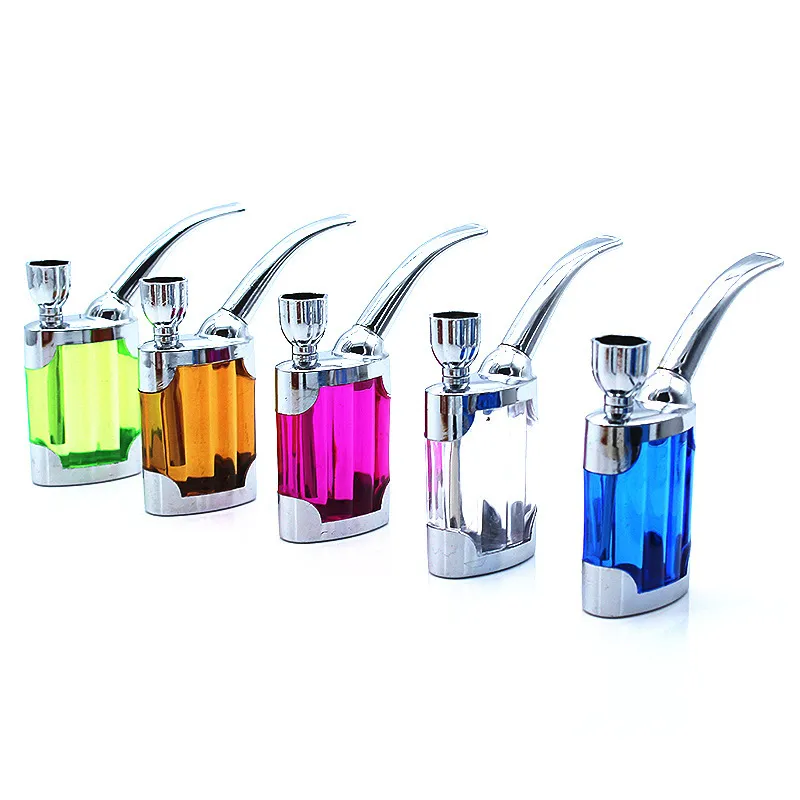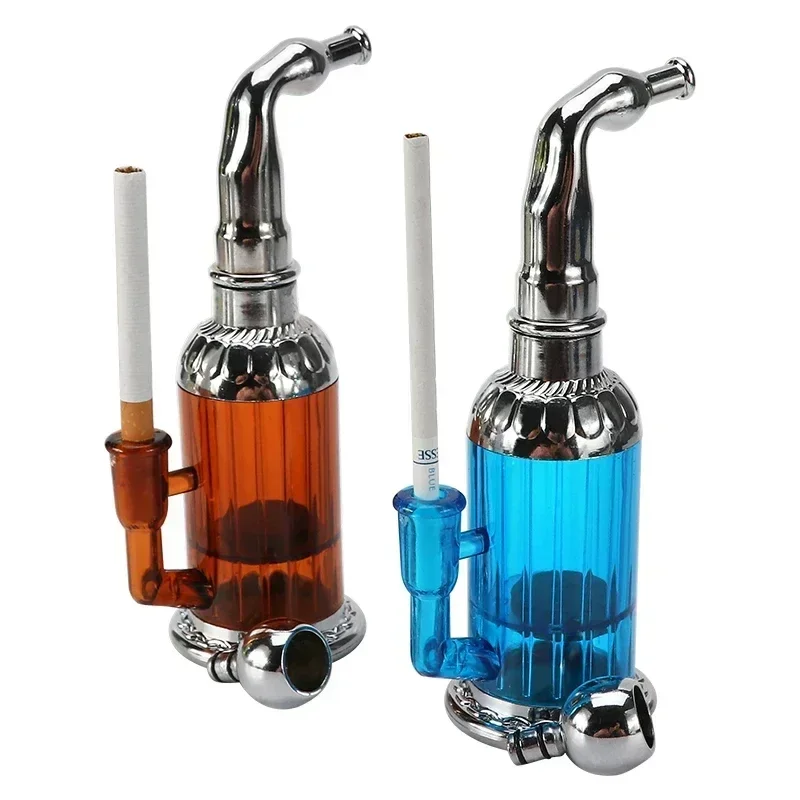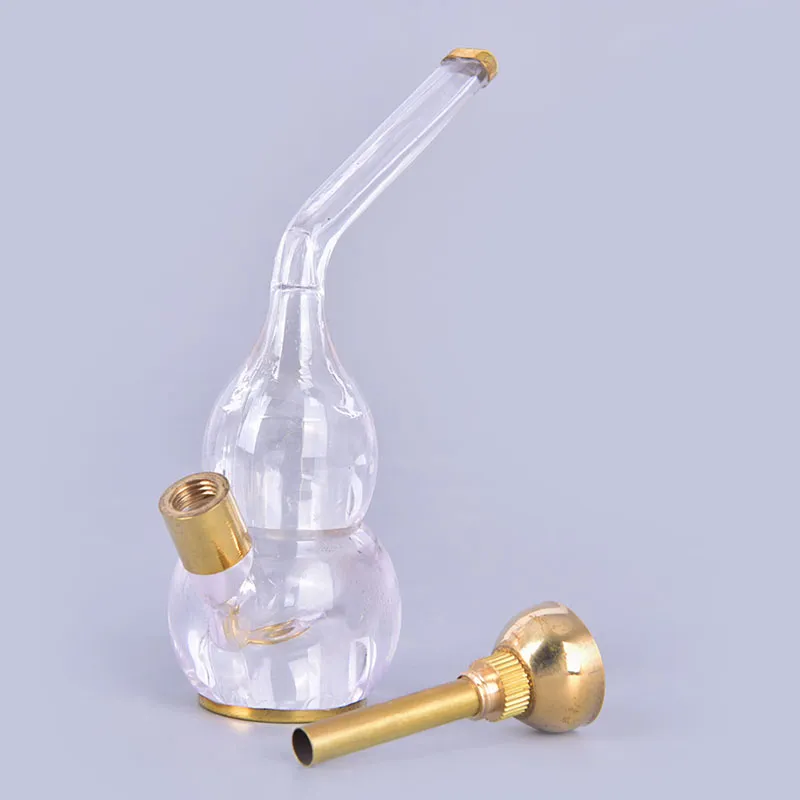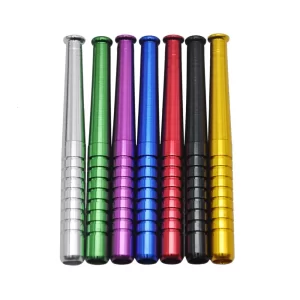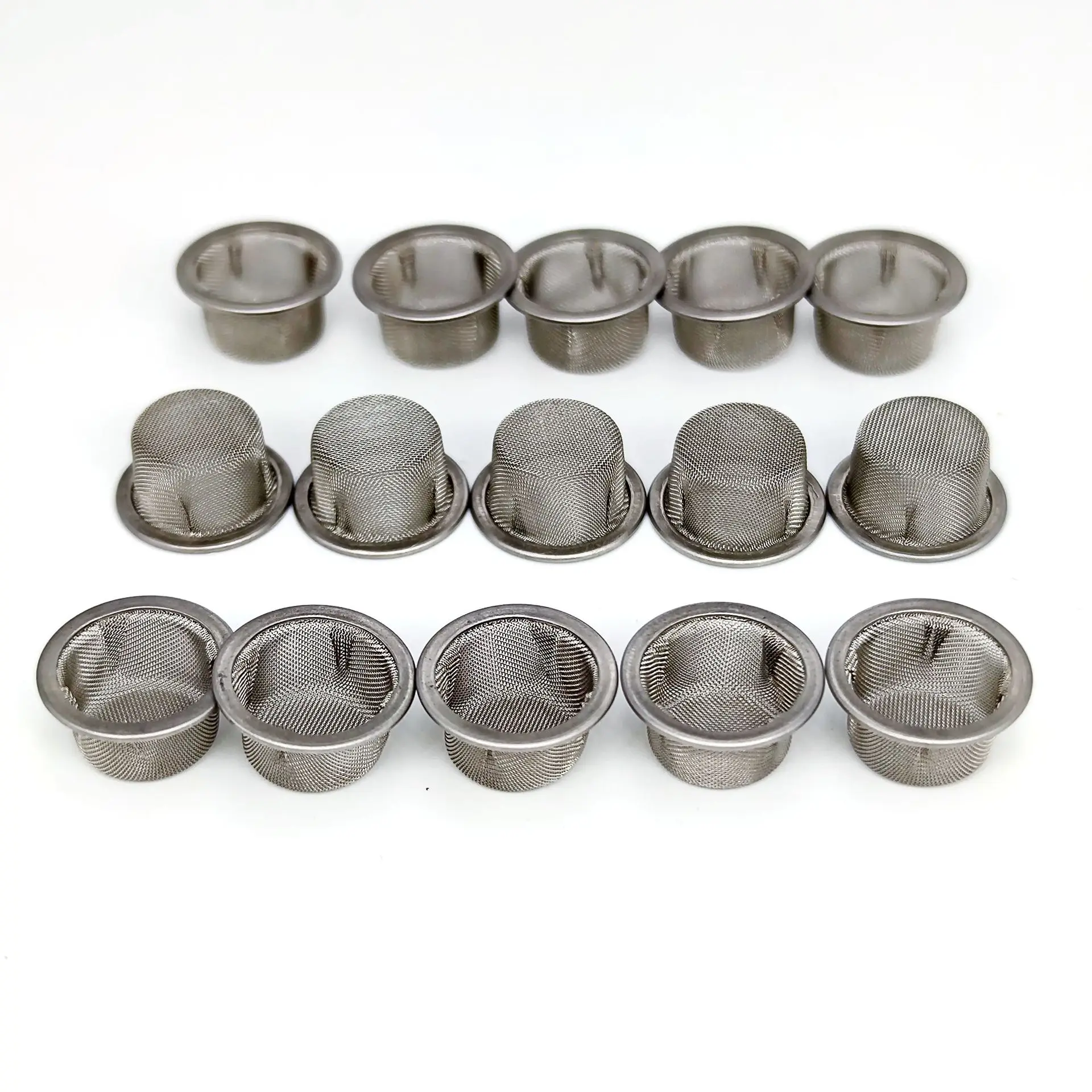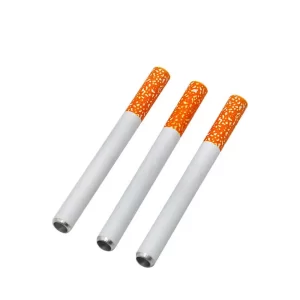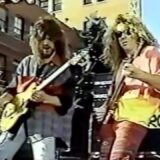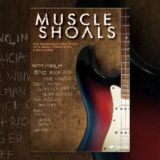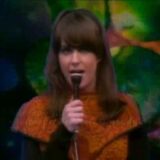The photo was unforgettable: Mark Schulze seated cross-legged on our living room floor, surrounded by hundreds of “classic” cannabis buds mostly from the 1970s and 80s, sealed in plastic baggies. When San Diego Magazine devoted the final page of its April 2024 issue to the image for its Sacred Spaces feature, it offered readers a rare glimpse into The Nectarball Collection—a decades-long archive of cannabis history perfectly preserved.
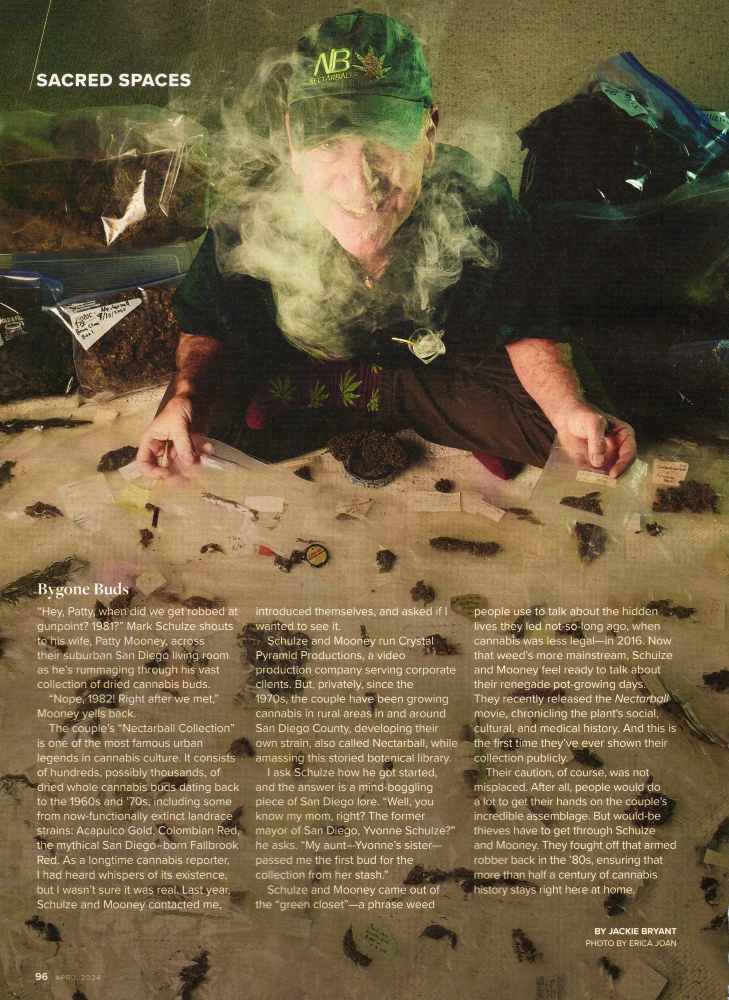
SD magazine 2024 Nectarball collection Mark Schulze.
A plume of cannabis smoke drifted upward, partially obscuring his face, giving the image a ghostly reverence. To most readers, it looked like a shrine. To us, it was a moment of coming out of the “green closet.”
The photo shoot itself felt like a celebration. Cannabis journalist Jackie Bryant, known in cannabis circles as The Plant Lady, arrived with her photographer, both visibly excited. Mark began laying out his collection piece by piece. Some buds were bright and fluffy, others brittle and shrunk by time. The baggies themselves were unmarked.
Instead, Mark had tucked a small piece of paper inside each one, often with nothing more than a name of the “strain”, aka cultivar, a date, a location, a cost, and the contributor’s nickname. Jackie leaned in close, eyes wide. She whispered to me, “People just don’t do this. This is history.”
That story began in 1972, when Mark was 14. A close relative, a cannabis enthusiast with a sharp wit and creative spirit, had become acquainted with the plant in the late 60s. One day, she opened a large dress shirt box she had decorated with orange cellophane. Beneath it was a map of Mexico with the city of Acapulco circled. From inside the box, she pulled a small seedy spear of Acapulco Gold and handed it to Mark. He didn’t smoke it. He wasn’t even interested in getting high then. He sealed it up, slipped a note inside, and from that single instinctive act, the Nectarball Collection was born.

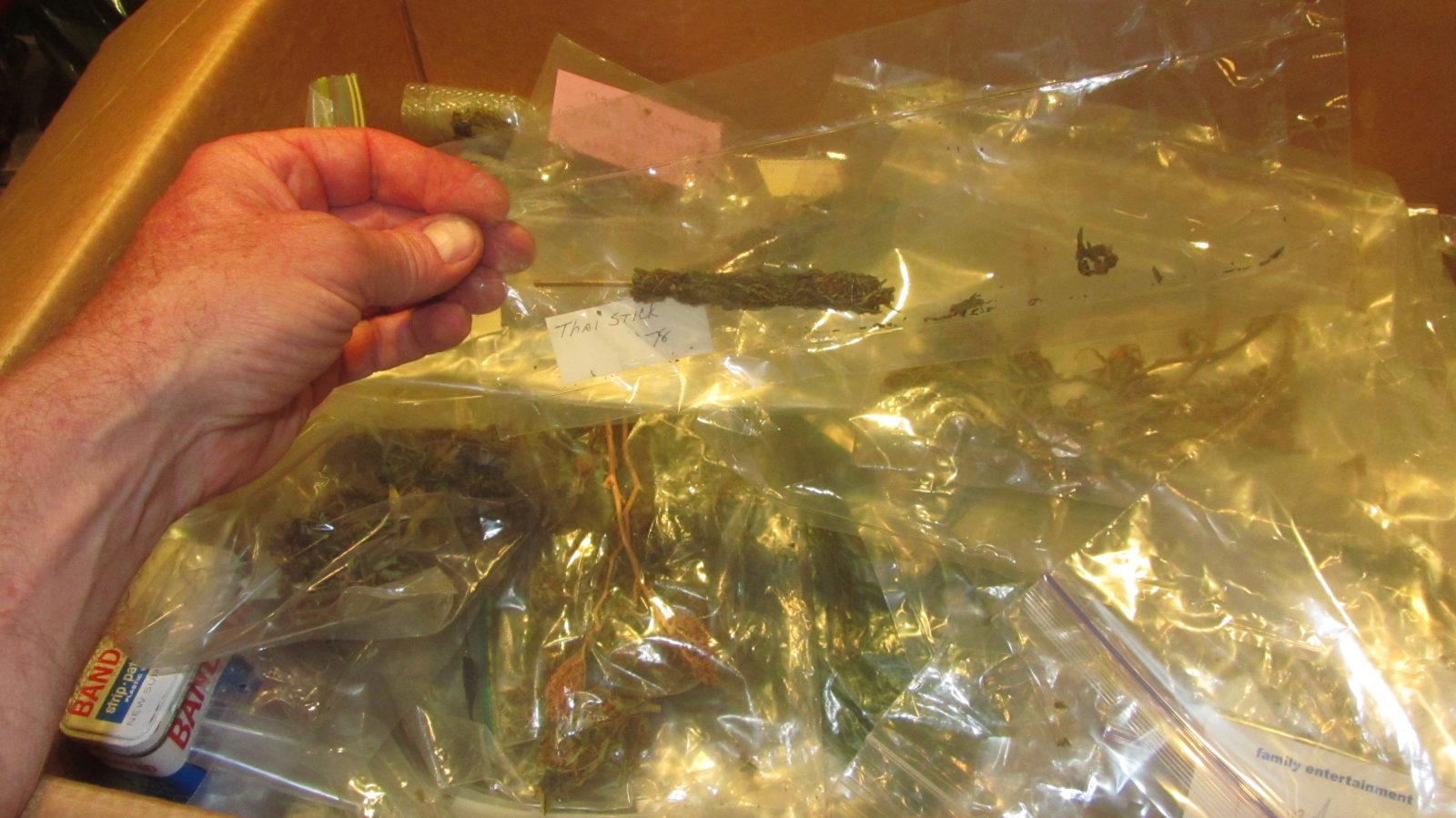
Thai Stick 1978 with Nectarball collection.
A Collection Grows
In the years that followed, Mark started quietly collecting buds from friends and fellow travelers. Sometimes he asked if he could keep a piece of something rare. Sometimes a bud was offered as a token of trust. It was never about hoarding or bragging. He just knew this plant had meaning, and that one day its full story would need to be shared.
Word spread in this close community of fellow connoisseurs. What made the collection different was that Mark didn’t smoke the buds. He preserved them. Friends began offering him their finest specimens because they knew he would treat them with care.
Early entries included, from 1978 alone, Thai Stick, Panama Red, Maui Wowie, Colombian Gold and Dark, and Humboldt homegrown. Some of the buds were loose. Others were compact and resinous, and some were brittle with seeds. A few still glistened faintly under the light. Every one of them told a story.
And among them was Mark’s own homegrown strain, a sticky and aromatic flower he named Nectarball, which eventually lent its name to the entire archive from which pieces are currently shown on the Nectarball website and documentary scheduled for 2026.
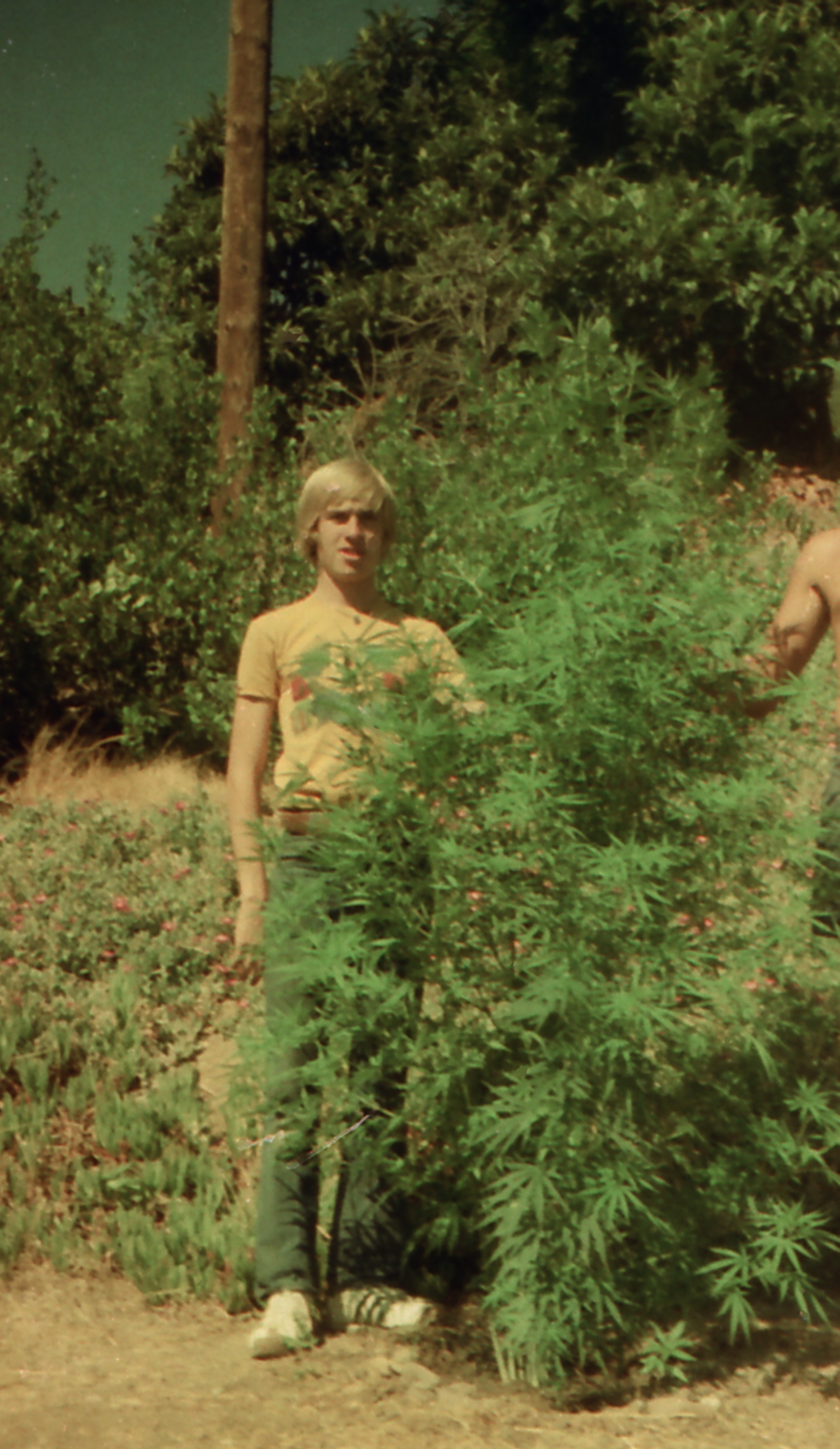
Nectarball 1973 first plant SD with me.
The Night the Gunman Came
In the early 1980s, Mark was still living at his father’s house, with the collection hidden under his bed in his basement bedroom. One evening, I was visiting him there, along with a friend, when the door that led to the backyard suddenly opened. A young man stepped into the room, holding a gun.
He had heard that Mark had “the good stuff.” And he wanted it.
What he didn’t know was that the real treasure, a decade in the making, was under the bed, inches from his feet.
Mark stayed calm. He handed the intruder a few decoy buds, nothing of importance. Then he offered to take him to the bank to get money, knowing it was too late and the bank was closed. I sat there, stunned, heart pounding, watching Mark manage the moment with quiet resolve.
The gunman left with a few Nectarball buds and some cash. The collection survived.
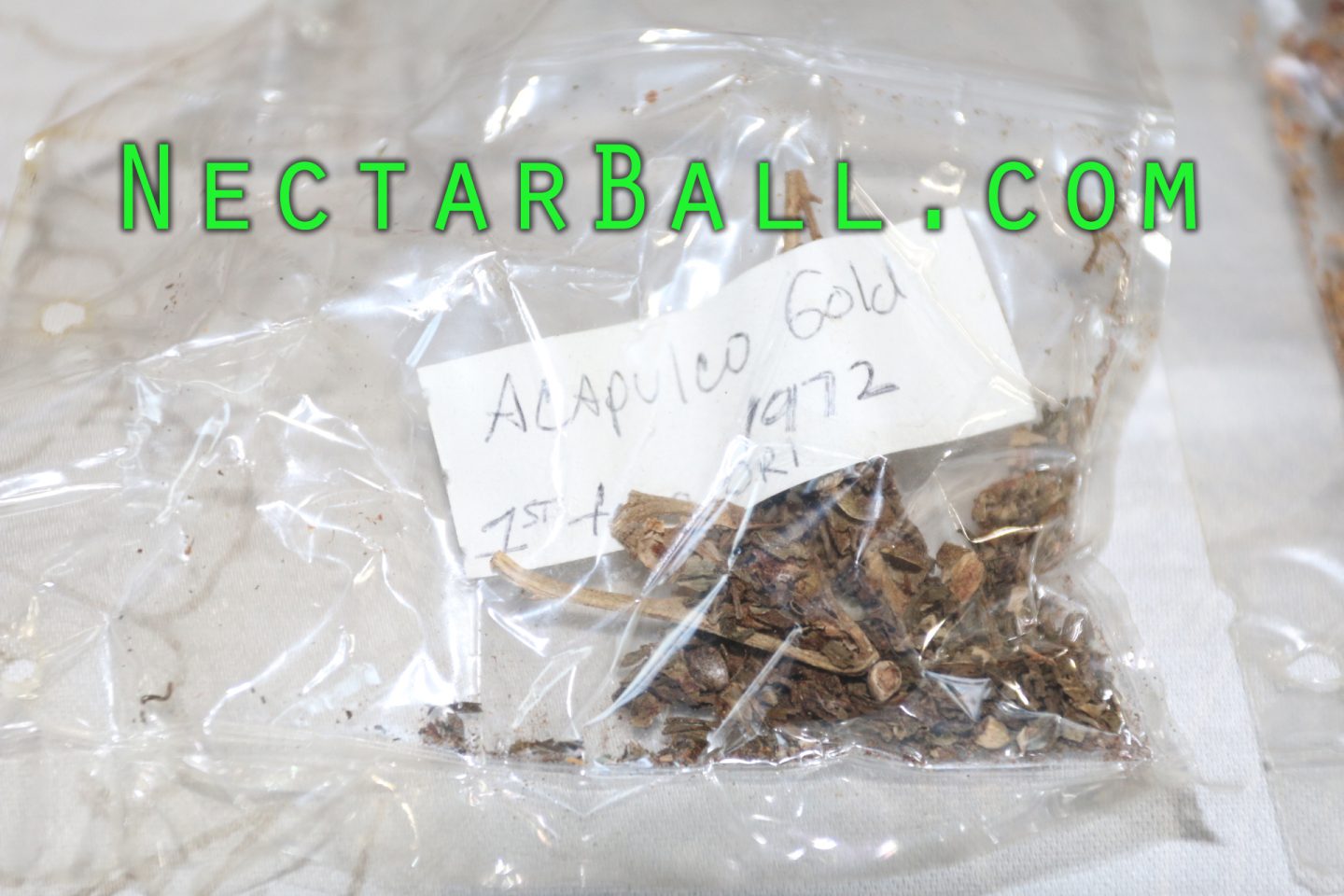
Acapulco Gold ’72.
A Time Capsule of Ghosts
The older the collection gets, the more it begins to feel like a record of people as much as plants. Some of the names on the slips of paper are long forgotten. Some we remember vividly. One bud still smells like pine, even after all these years. Others came from scientists or growers we met while traveling the world, producing our Nectarball: The Story of Cannabis documentary. No one we interviewed had ever collected buds nor knew of anyone who had collected vintage buds. Seeds, yes, buds, no.
I asked Mark once which specimens meant the most to him. Without missing a beat, he said it was that first “Acapulco Gold” from 1972 from his relative. 1976 “Black Afghani Nectarball,” which he grew, was a close second. And of course, the 1978 Thai stick. Today, that relative is 88 years old and still uses cannabis to ease arthritis, saying, “I know what makes me happy can help others feel happy too.”
That quote could sum up the entire purpose of the collection.
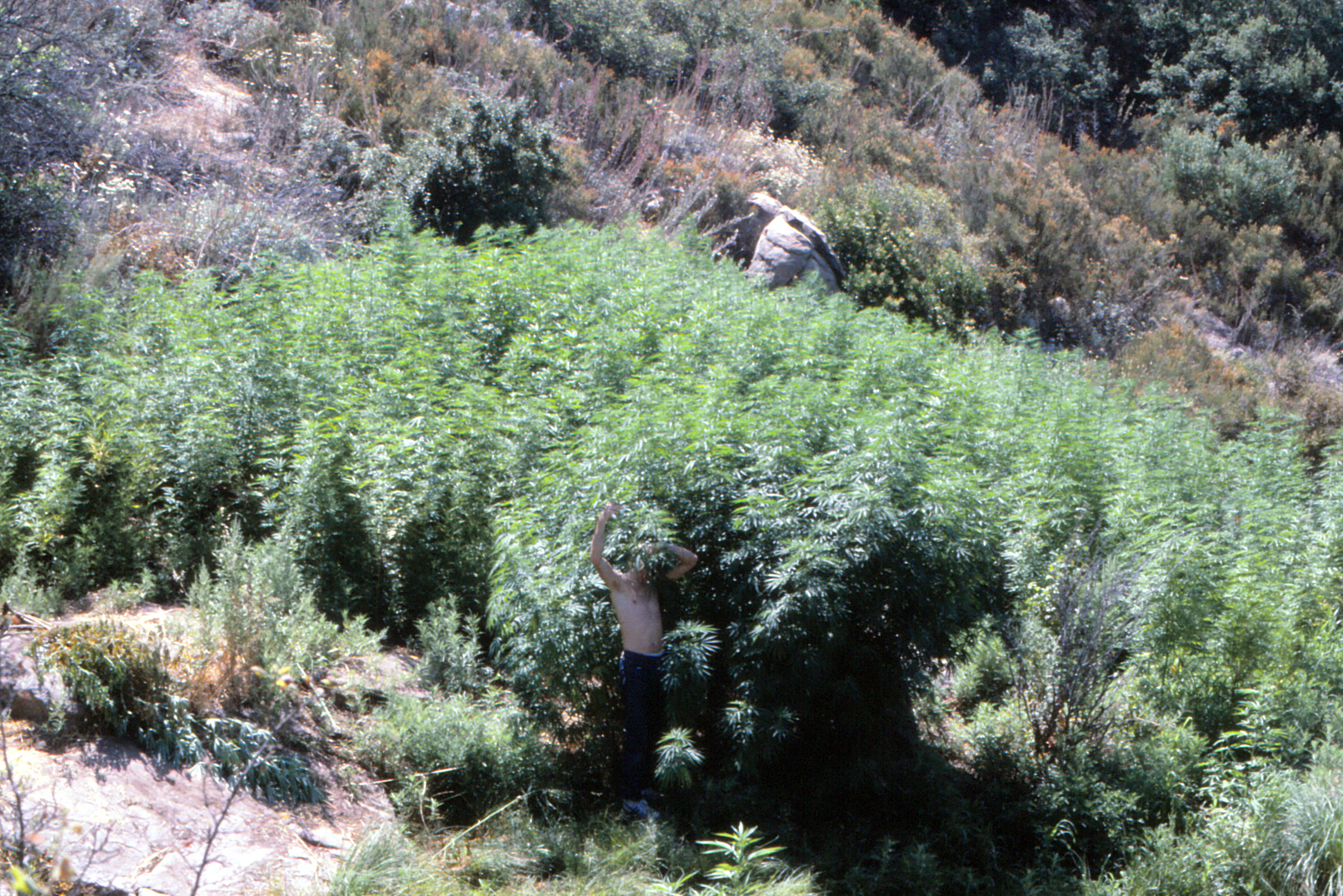

Nectarball 1979 SoCal grow with Mark Schulze.
Why It Matters
In an era of sleek dispensaries and THC percentages printed on “slick” foil-lined packaging, it’s easy to forget the roots of cannabis culture. The Nectarball Collection reminds us of an era when cannabis was simple, pure, intimate, illegal, and passed between people as a quiet gift.
Preserving this collection has never been about ego or nostalgia. It is about memory. It is about honoring a time when cannabis culture existed in shadows, carried forward by people who saw value in the plant before most of the world caught on.
These vintage “landrace” buds are not meant to be smoked. They are to be remembered and maybe someday tested for DNA and brought back to life.
The Nectarball Collection is sacred indeed, as it is the only one of its kind in the world.
Photos courtesy of Patty Mooney and Mark Schulze.
This article is from an external, unpaid contributor. It does not represent High Times’ reporting and has not been edited for content or accuracy.





